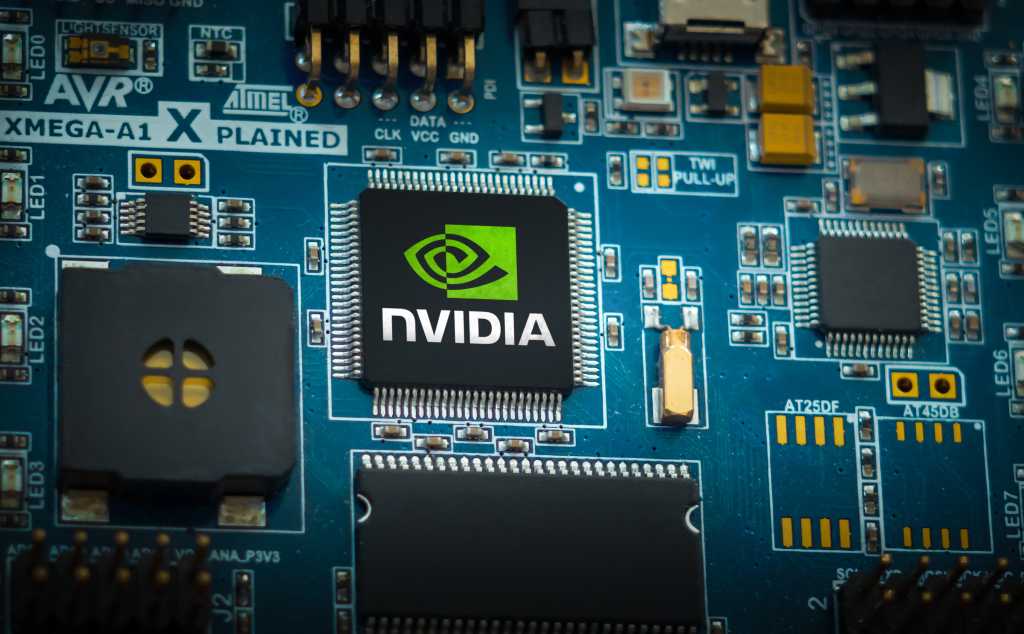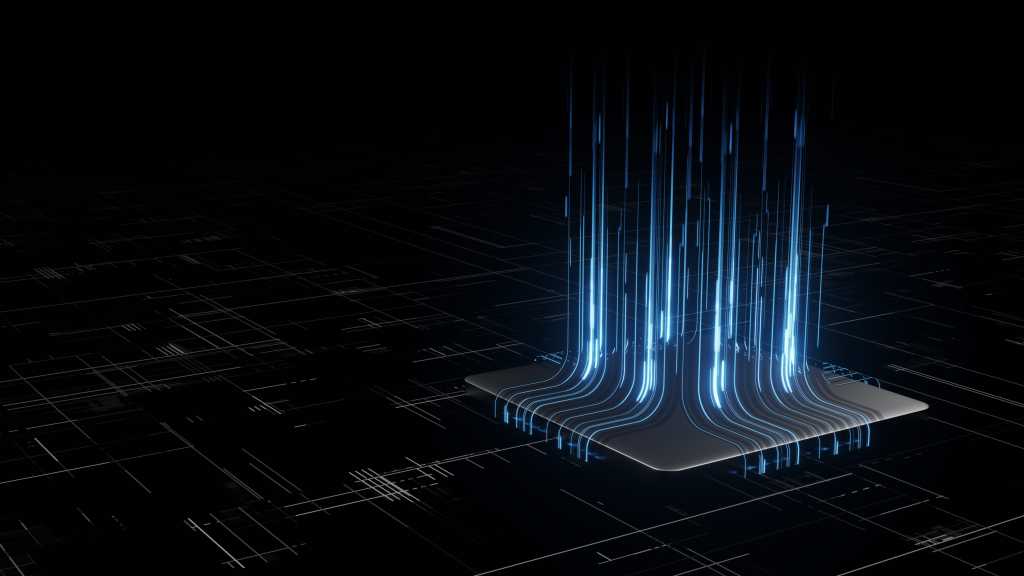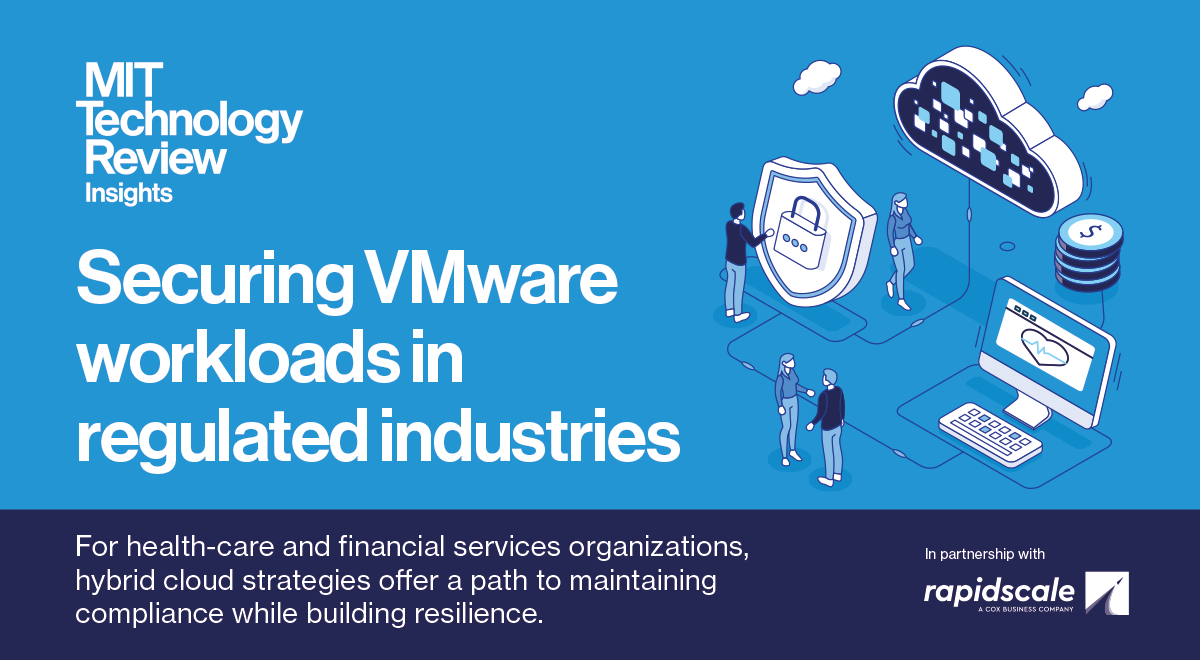
U.S. commercial crude oil inventories, excluding those in the Strategic Petroleum Reserve (SPR), decreased by 1.2 million barrels from the week ending December 20 to the week ending December 27, the U.S. Energy Information Administration (EIA) highlighted in its latest weekly petroleum status report, which was released on January 2.
Crude oil stocks, excluding the SPR, stood at 415.6 million barrels on December 27, 416.8 million barrels on December 20, and 431.1 million barrels on December 29, 2023, the report revealed. Crude oil in the SPR came in at 393.6 million barrels on December 27, 393.3 million barrels on December 20, and 354.4 million barrels on December 29, 2023, the report showed.
Total petroleum stocks – including crude oil, total motor gasoline, fuel ethanol, kerosene type jet fuel, distillate fuel oil, residual fuel oil, propane/propylene, and other oils – stood at 1.623 billion barrels on December 27, the report revealed. This figure was up 9.6 million barrels week on week and up 17.8 million barrels year on year, the report outlined.
“At 415.6 million barrels, U.S. crude oil inventories are about five percent below the five year average for this time of year,” the EIA said in its latest report.
“Total motor gasoline inventories increased by 7.7 million barrels from last week and are slightly below the five year average for this time of year. Finished gasoline inventories decreased last week while blending components inventories increased last week,” it added.
“Distillate fuel inventories increased by 6.4 million barrels last week and are about six percent below the five year average for this time of year. Propane/propylene inventories decreased by 0.6 million barrels from last week and are 10 percent above the five year average for this time of year,” it went on to state.
In the report, the EIA noted that U.S. crude oil refinery inputs averaged 16.9 million barrels per day during the week ending December 27. It pointed out that this was 41,000 barrels per day more than the previous week’s average.
“Refineries operated at 92.7 percent of their operable capacity last week,” the EIA said in the report.
“Gasoline production decreased last week, averaging 9.0 million barrels per day. Distillate fuel production increased last week, averaging 5.4 million barrels per day,” it added.
U.S. crude oil imports averaged 6.9 million barrels per day during the week ending December 27, according to the EIA report, which highlighted that this was an increase of 455,000 barrels per day from the previous week.
“Over the past four weeks, crude oil imports averaged about 6.5 million barrels per day, 1.3 percent less than the same four-week period last year,” the EIA said in the report.
“Total motor gasoline imports (including both finished gasoline and gasoline blending components) last week averaged 665,000 barrels per day, and distillate fuel imports averaged 197,000 barrels per day,” it added.
Total products supplied over the last four-week period averaged 20.3 million barrels a day, down by 1.2 percent from the same period last year, the EIA stated in the report.
“Over the past four weeks, motor gasoline product supplied averaged 8.7 million barrels a day, up by 0.6 percent from the same period last year,” the EIA said.
“Distillate fuel product supplied averaged 3.9 million barrels a day over the past four weeks, up by 8.4 percent from the same period last year,” the EIA added in the report.
“Jet fuel product supplied was up 6.1 percent compared with the same four-week period last year,” it went on to state.
In an oil and gas report dated December 27, which was sent to Rigzone by the Macquarie team late last week, Macquarie strategists outlined that they saw “potential for a healthy U.S. crude build” in the EIA’s January 2 weekly petroleum status report.
“Looking ahead to next week’s release, we see potential for a healthy U.S. crude build (+5.0 million barrels), with runs slightly lower (-0.1 million barrels per day), nominal implied supply bouncing back (+0.7 million barrels per day), net imports higher (+0.6 million barrels per day), and a larger increase in SPR inventory (+0.9 million barrels) on the week,” the Macquarie strategists stated in that report.
“We note potential for volatility in these figures given the incomplete nature of this week’s data. Among products, amidst holiday/seasonal effects, our preliminary expectations point to large builds in gasoline (+4.0 million barrels) and distillate (+4.3 million barrels) with a draw in jet (-0.5 million barrels),” they added.
To contact the author, email [email protected]























